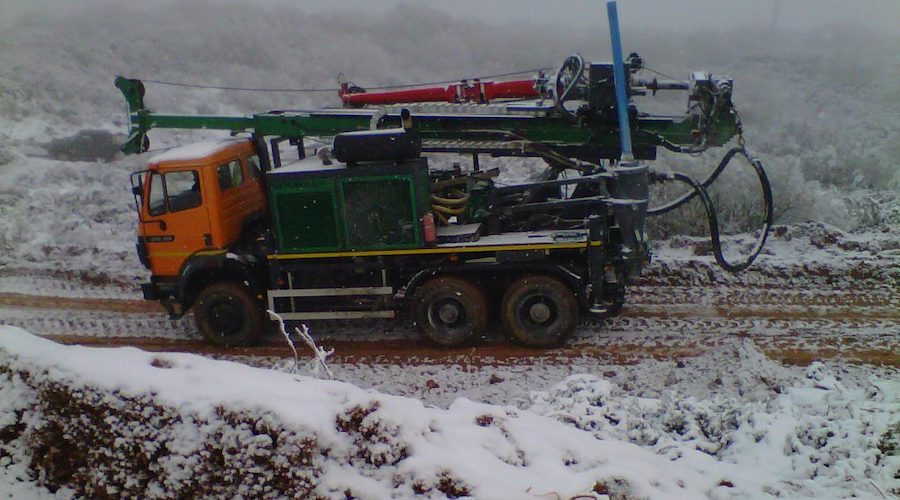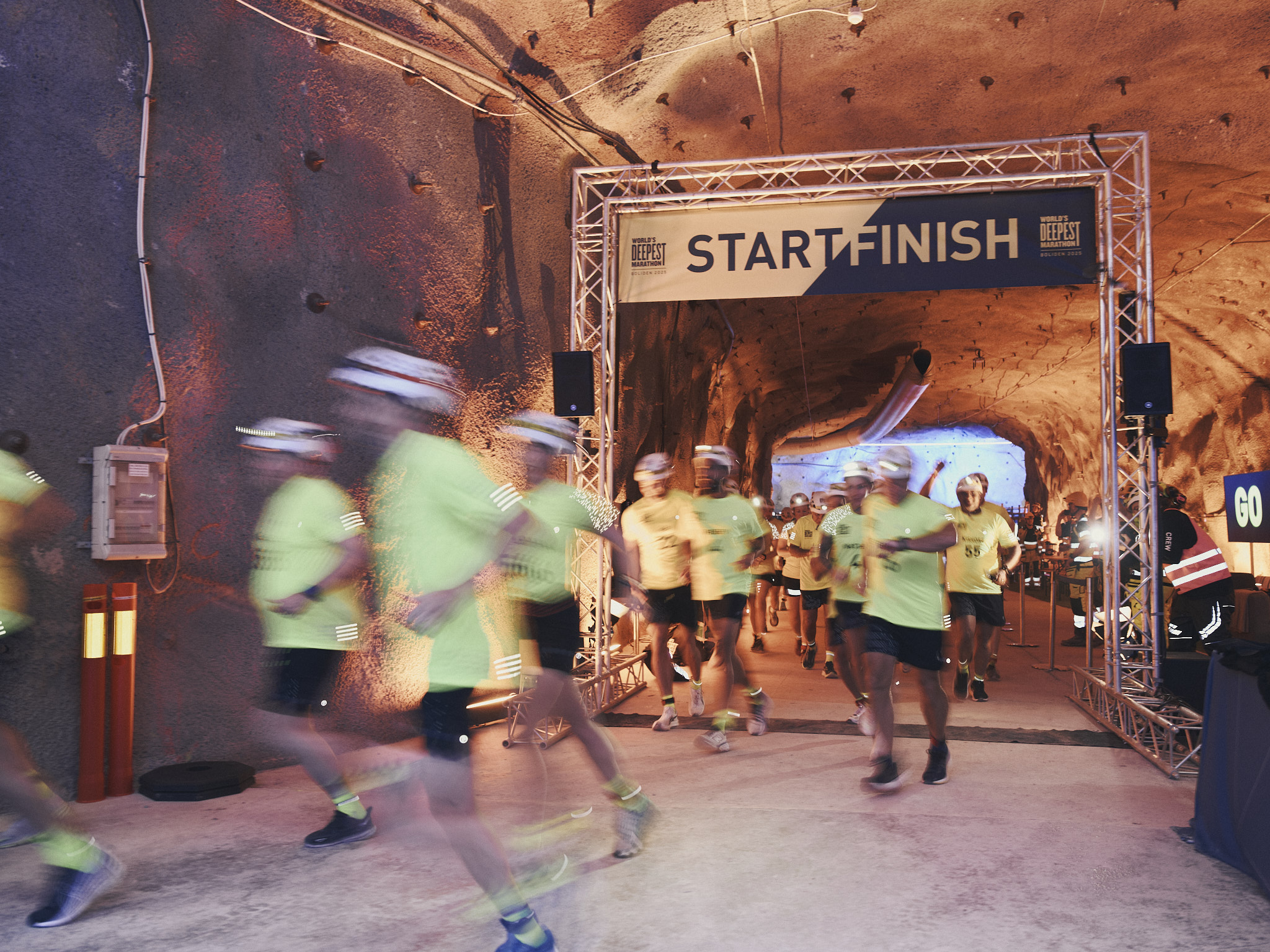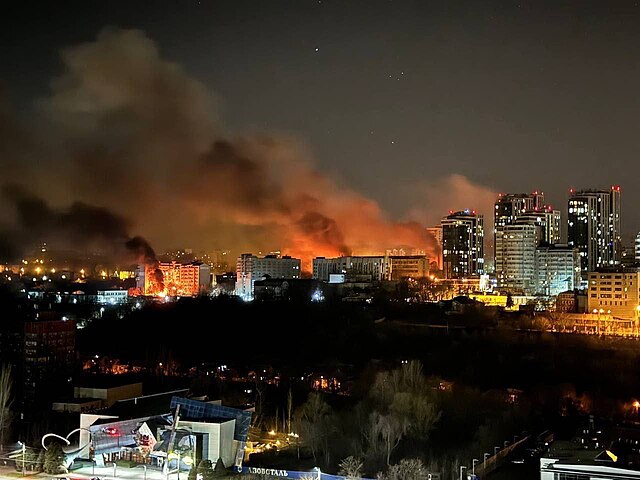“Ecoloxistas en Acción has been denouncing for years the impacts of the Penouta mining operation in Viana do Bolo, including the dumping of waste in the nearby rivers, thus affecting the Pena Trevinca LIC,” the activists said in a communiqué. “Despite the warnings and allegations of environmentalist organizations, the Xunta de Galicia (regional government) issued a favourable Environmental Impact Statement in March 2022 that allowed the company to start open-pit exploitation, increasing the environmental impacts without properly assessing the effect on the Network Natura 2000, hydrology and nearby houses in the village of Penouta. Now, they demand that the Xunta respects the court decision and orders the immediate stoppage of the mining activity in compliance with the order.”
Strategic Minerals, however, said that the NGO’s claims, and therefore the tribunal’s decision, are based on inaccurate information related to exploitation activities affecting irrigation and the immediate area.
In the company’s view, the decision cannot be justified under Spanish law because the proper legal process for the granting of the section C permit by the Xunta adhered to all applicable consultative, regulatory and legal requirements.
“The company’s mineral exploitation activities at the Penouta project have always remained in strict compliance with all environmental controls and reporting requirements, including but not limited to (a) testing water quality and discharge; (b) monitoring air quality, flora and fauna; and (c) the reforestation of areas of the Penouta project that had been abandoned by the previous operators approximately 40 years ago,” the firm’s press brief states.
Looking for solutions
According to the miner, it is working together with the Xunta to explore all available legal avenues to reverse the Court’s decision and to expedite the reinstatement of the section C permit. This includes the initiation of an appeal to reverse the decision.
Strategic Minerals also said that while the appeal process is ongoing, it is allowed to conduct mineral exploitation operations at Penouta.
“The unilateral and unfounded decision of the TSXG to suspend the section C permit at the Penouta project is a decision we cannot support and which compromises the coexistence between the mining industry and nature as well as affects the economic viability of the Penouta project and livelihood of hundreds of families,” the company’s CEO, Jaime Perez Branger, said. “Strategic Minerals has always engaged in responsible mining practices and operated within Spanish mining law regulations. We believe that the decision of the TSXG disregards the comprehensive environmental regulations currently in place and the administrative process the company went through to ensure that such regulations were followed.”
Perez Branger pointed out that his office will work “relentlessly” to explore all avenues of appeal.
“Not only for the sake of employees, the community, our shareholders and business partners, but also for the promise of sustainable growth, shared prosperity, and environmental responsibility,” he said.
The Canadian miner’s statement also included a quote by Pablo Fernández Vila, director general of the Xunta de Galicia, who emphasized that the concession to exploit section C was granted after a rigorous process and in accordance with current legislation.
The Penouta Sn, Ta and Nb mine is located in the municipality of Viana do Bolo, and is currently the only tantalum and niobium mine in production in Europe. It covers 282 hectares and has certified resources of more than 76 million tonnes, measured and indicated, according to NI 43-101.
Mineral resources in the area were exploited from the beginning of the 20th century until the 1980s, with research being reactivated in 2011 by Strategic Minerals Spain, focusing on the use of tailings from the old exploitation.




